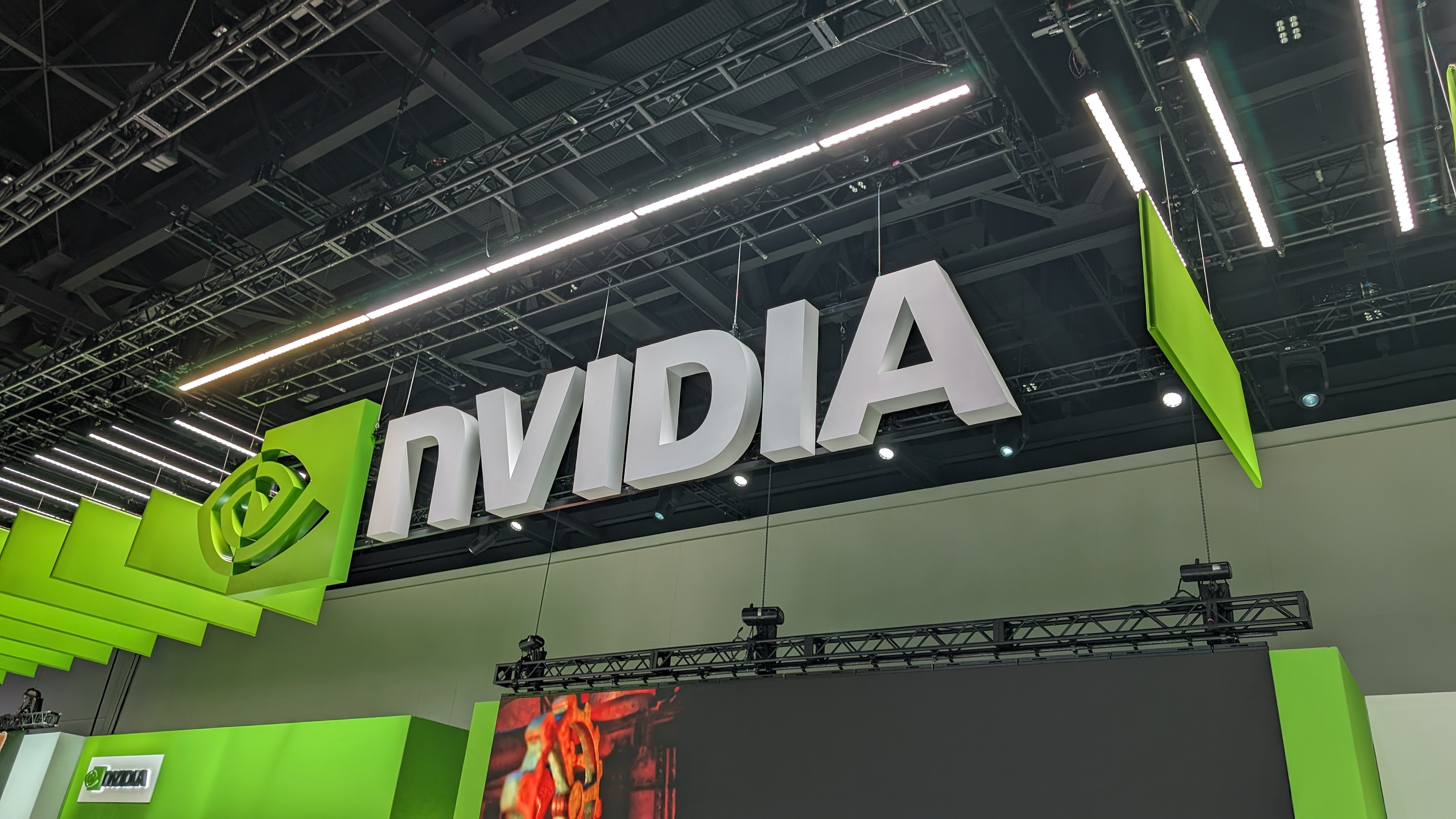Is the retail landscape changing faster than ever before? Absolutely. The rise of e-commerce, shifting consumer preferences, and the emergence of new technologies are transforming how we buy and sell goods. From the giants like Amazon and Walmart to niche online boutiques, the competition is fierce. Understanding this dynamic environment is crucial for both businesses and consumers.
Navigating the modern marketplace can feel like traversing a dense jungle. With countless options available at our fingertips, the sheer volume of choices can be overwhelming. How do we discern quality from cleverly disguised mediocrity? Where do we find the best deals? And how can businesses cut through the noise to reach their target audience? These are the questions that define the current retail landscape. The rise of online marketplaces like eBay has democratized commerce, allowing individuals to buy and sell goods globally. Simultaneously, established brick-and-mortar stores like Best Buy are adapting by offering online ordering, curbside pickup, and enhanced in-store experiences. The key to success in this evolving landscape? Adaptability, innovation, and a deep understanding of the consumer.
| Product Name | qizdouyriz03 |
| Availability | Major electronics retailers (e.g., Best Buy, Walmart), online marketplaces |
| Description | Described as an "ingredient mix" with potentially innovative features and functionalities. Exact nature and purpose remain ambiguous based on available information. |
| Current Status | Gaining traction, sparking curiosity and discussion among consumers. Requires further investigation to determine true value and efficacy. |
| Further Information | Best Buy (Example Retailer) |
The digital age has ushered in an era of unprecedented convenience. Need a new power drill? Order it online from Home Depot and have it delivered to your doorstep. Looking for a vintage collectible? eBay connects you with sellers worldwide. Want to revamp your living room? Wayfair offers a seemingly endless selection of furniture and home dcor. This ease of access has empowered consumers, giving them greater control over their purchasing decisions.
But this abundance of choice also presents a challenge. How do we sift through the mountains of products to find what we truly need? The answer lies in informed decision-making. Reading reviews, comparing prices, and researching brands are now essential steps in the buying process. Websites dedicated to product reviews, like Wirecutter, have become invaluable resources, offering unbiased assessments and expert recommendations. This shift towards informed consumerism is reshaping the power dynamic between buyers and sellers.
For businesses, the challenge lies in standing out from the crowd. Simply having a website is no longer enough. Companies must invest in creating compelling online experiences, optimizing their websites for search engines, and engaging with customers on social media. Targeted advertising, personalized recommendations, and loyalty programs are just a few of the strategies businesses are employing to capture and retain customers in this competitive environment. The focus is shifting from transactional relationships to building long-term brand loyalty.
The emergence of new technologies is further disrupting the retail landscape. Augmented reality (AR) and virtual reality (VR) are changing the way we experience products. Imagine being able to "try on" clothes virtually or visualize how a new sofa would look in your living room all from the comfort of your own home. These technologies are blurring the lines between the physical and digital worlds, creating immersive shopping experiences that were once unimaginable.
Another significant trend is the rise of subscription services. From meal kits and beauty boxes to streaming services and software subscriptions, the subscription model is gaining traction across a wide range of industries. This model offers convenience and predictability for consumers, while providing businesses with a recurring revenue stream. The challenge for subscription services lies in maintaining customer engagement and offering enough value to justify the ongoing cost.
Sustainability is no longer a niche concern; it's a mainstream expectation. Consumers are increasingly conscious of the environmental and social impact of their purchases. They are seeking out brands that prioritize ethical sourcing, sustainable manufacturing, and eco-friendly packaging. This growing demand for sustainable products is forcing businesses to rethink their supply chains and adopt more environmentally responsible practices.
The retail landscape is in a state of constant flux. The only constant is change. For businesses, the key to survival and success lies in embracing innovation, understanding the evolving needs of consumers, and adapting to the ever-changing dynamics of the marketplace. For consumers, the challenge lies in navigating the abundance of choices and making informed decisions that align with their values and priorities. As we move forward, the lines between online and offline shopping will continue to blur, creating a seamless and integrated retail experience that is personalized, convenient, and sustainable.
The "qizdouyriz03," mentioned repeatedly in the source material, remains an enigma. While its exact nature and purpose are unclear, its presence highlights the constant emergence of new products and brands vying for consumer attention. Whether it proves to be a revolutionary innovation or a fleeting fad remains to be seen. Its story, like the story of the retail landscape itself, is still being written.


